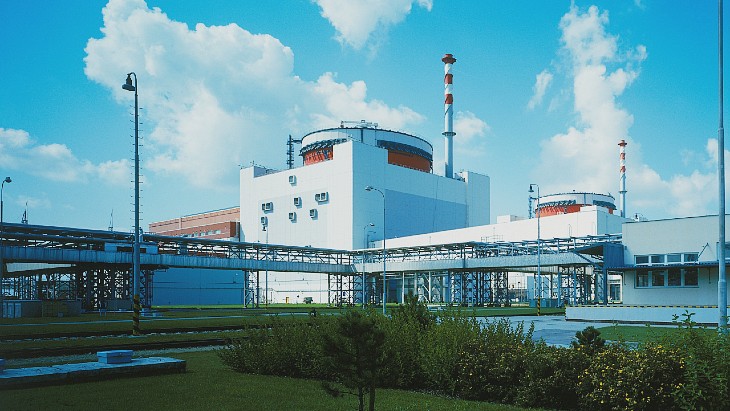Temelín cuts energy use 'by equivalent of small town's consumption'
18 January 2024
Czech nuclear power plant operator ČEZ says that introducing new data-based techniques - encompassing things like air temperature, humidity and the temperature of cooling water - to find the optimal setting of the largest circulation pumps, cut the Temelín nuclear power plant's electricity consumption by 5400 MWh in 2023.
 Temelín (Image: ČEZ)
Temelín (Image: ČEZ)
The director of the power plant, Jan Kruml, said: "We started working with big data for operating modes in 2021 for the first block. We have been using the method fully for both blocks since last year. Thanks to this, we managed to save more than 5000 MWh of electricity."
The circulation pumps ensure the circulation of water through the cooling towers and condensers in the engine room and using the new methods decide the best setting, using the variety of different data points. ČEZ says that operators update the setting twice a day based on the weather forecast.
Bohdan Zronek, ČEZ board member and director of the nuclear energy division, said: "The efficiency of the operation of our power plants is not only about increasing output or managed shutdowns. It is also about the savings that can be obtained through optimal traffic management. Last year's savings in Temelín alone would be enough to cover the annual consumption of approximately 1500 Czech households."
Two VVER-1000 units are in operation at Temelín, which came into service in 2000 and 2002 respectively. ČEZ says that the plant consumed 803,000 MWh of electricity during 2023, about 5% of the electricity it produced.
The Czech Republic already uses nuclear power for 34% of its electricity, generating this from four reactors at Dukovany as well as those at Temelín. ČEZ is currently weighing final bids from Westinghouse, EDF and Korea Hydro & Nuclear Power for the construction of a new reactor at Dukovany. Near Temelín, an area has been designated the South Bohemia Nuclear Park and earmarked for small reactors to operate in the early 2030s. The company said last year that with the planned new build programme it expected to almost double its nuclear workforce in the coming years.
Researched and written by World Nuclear News